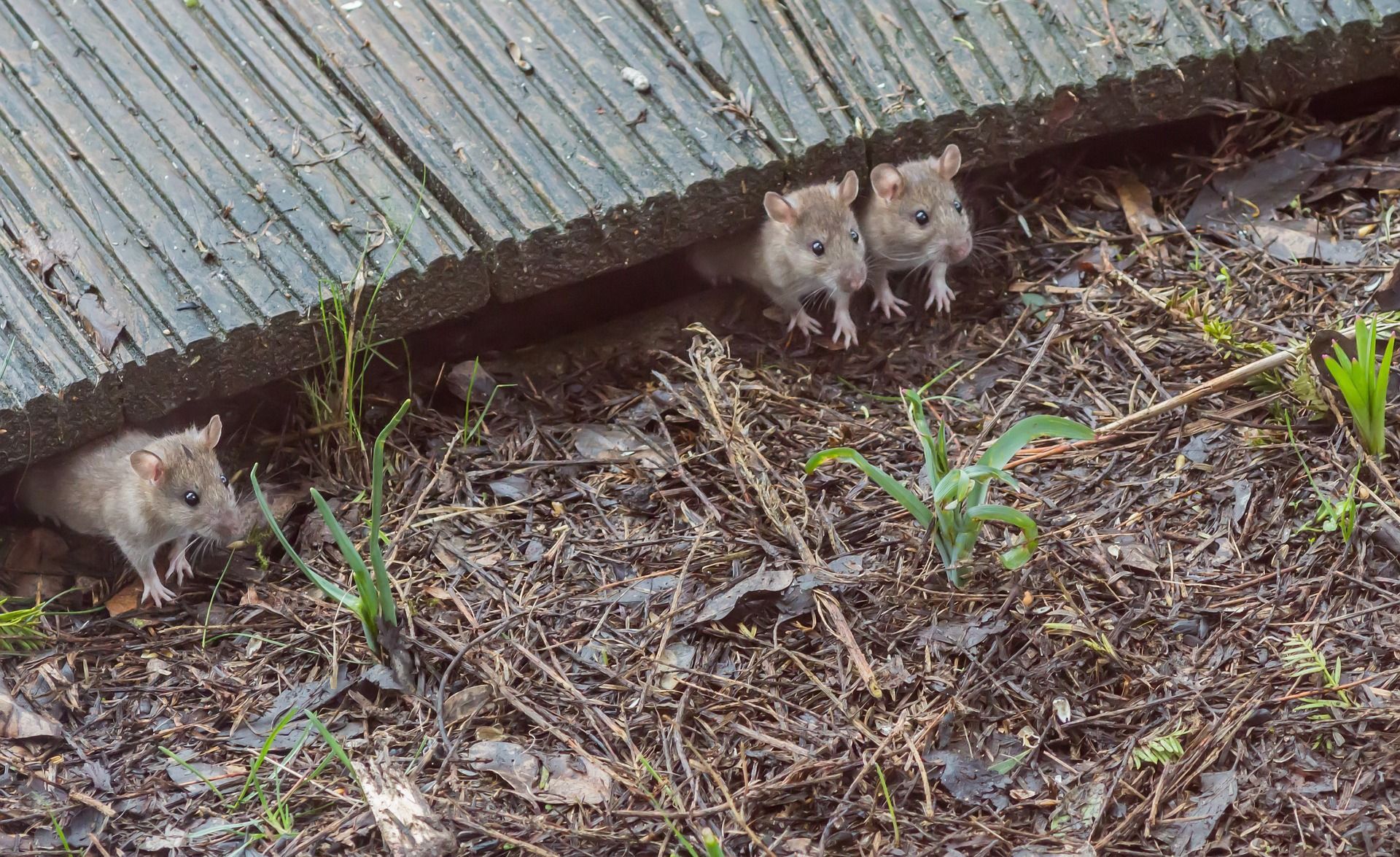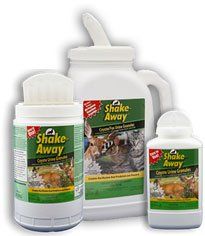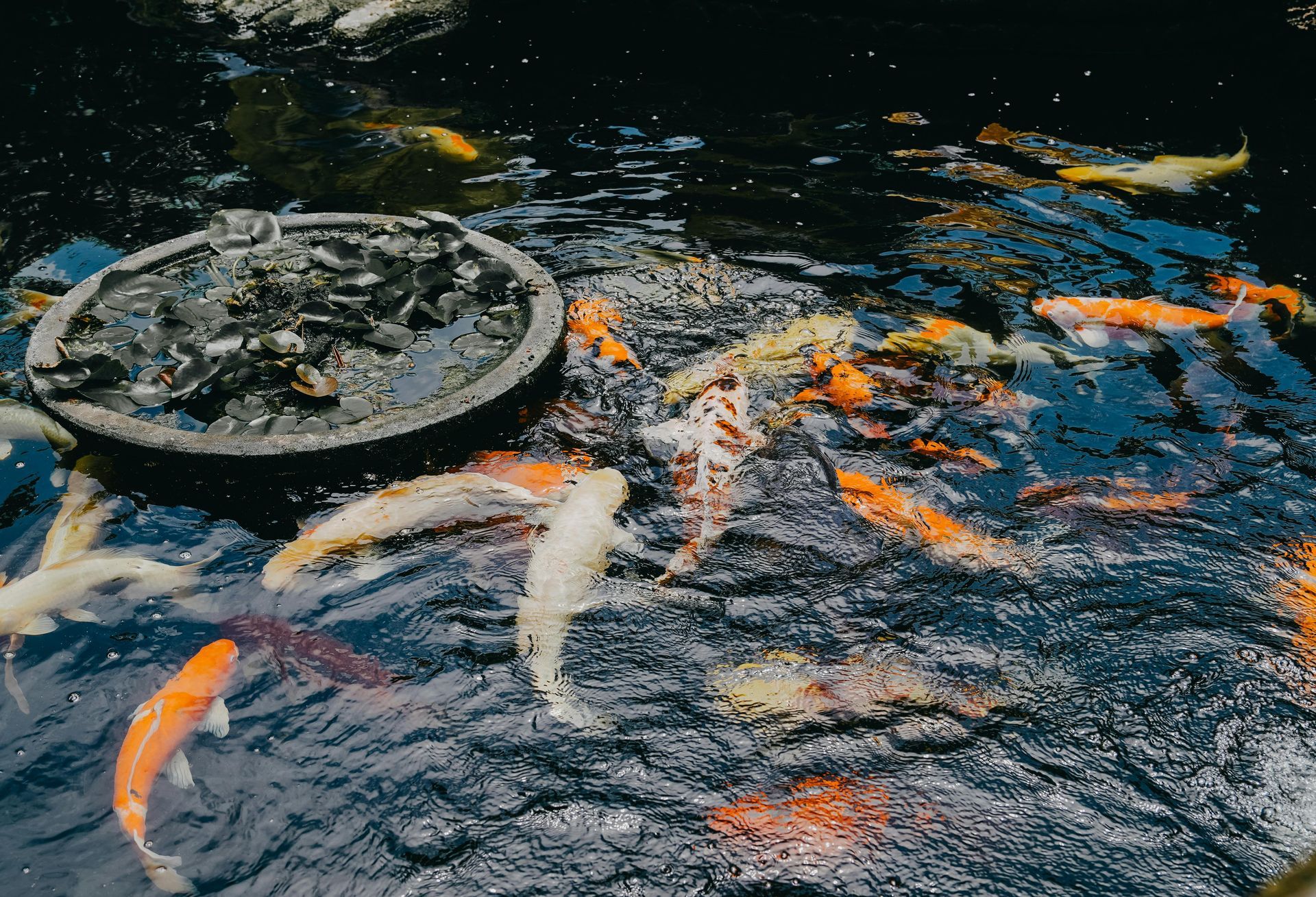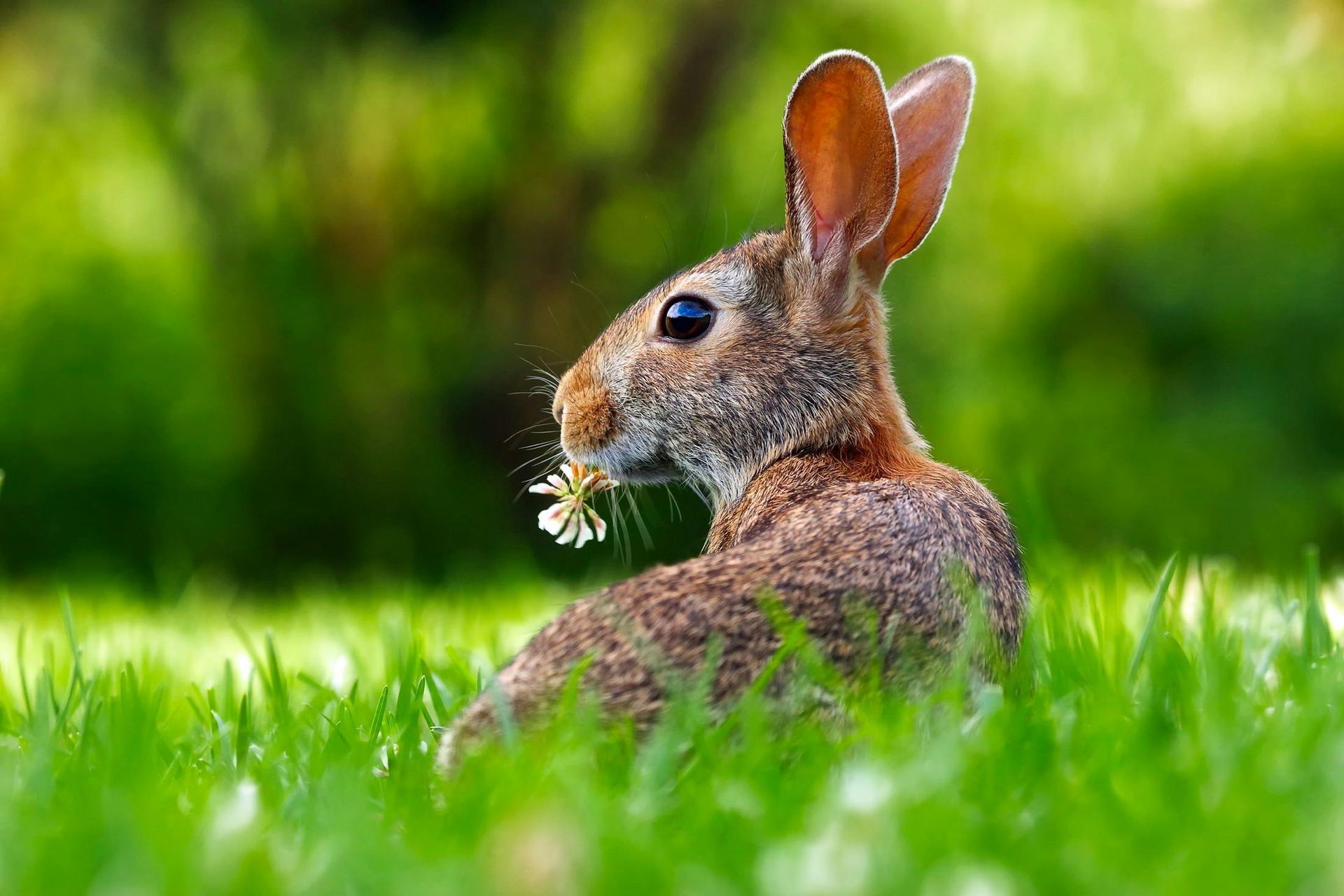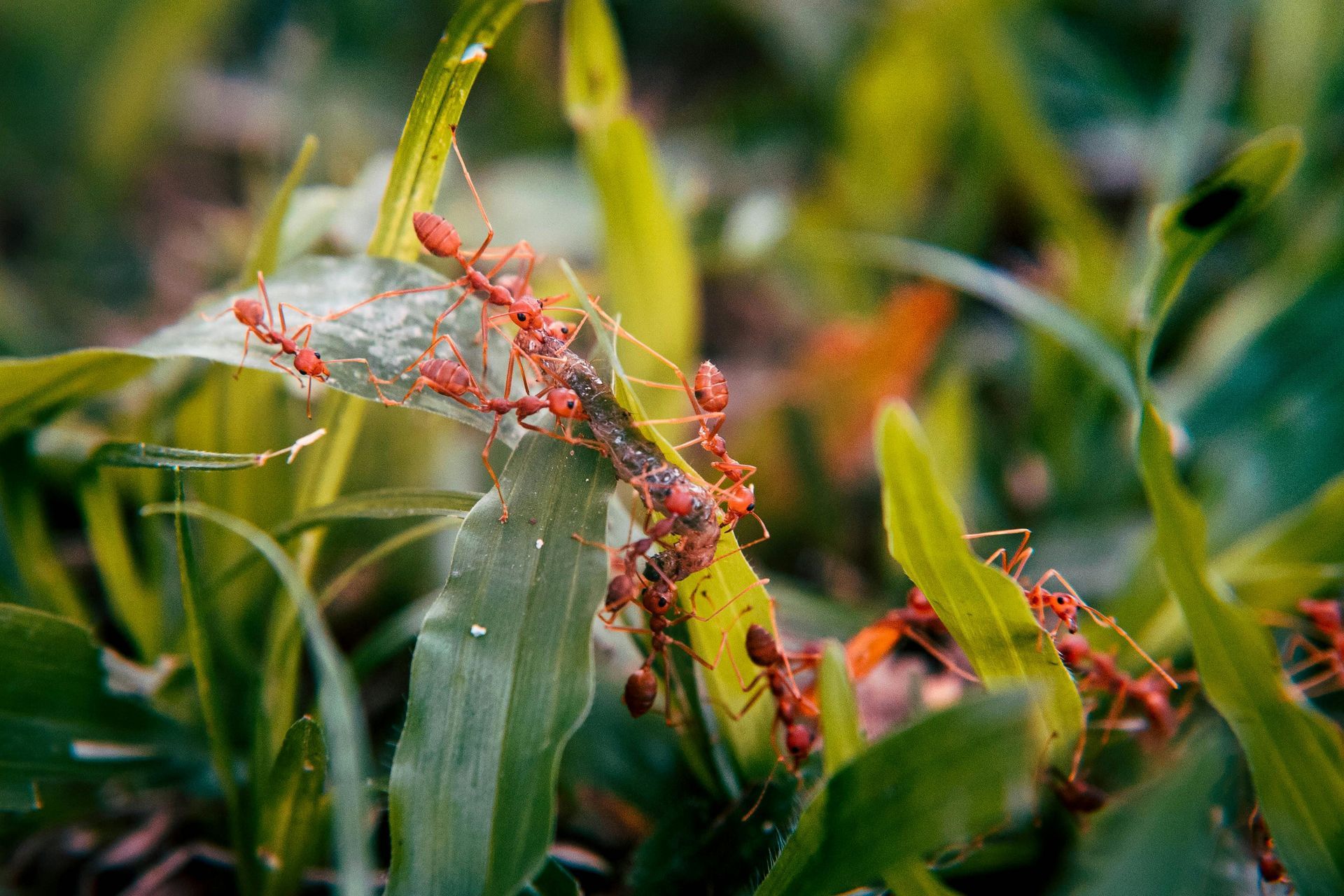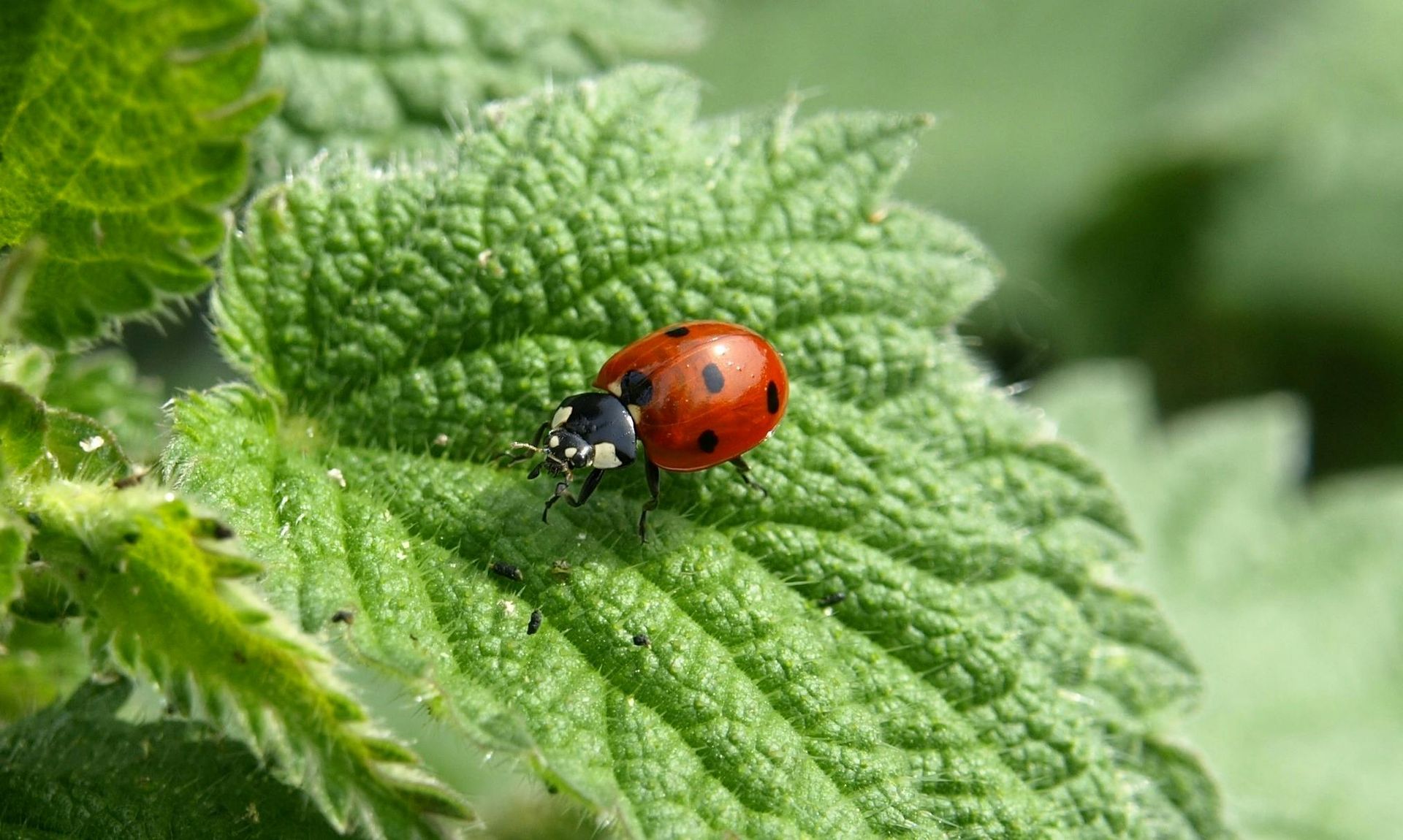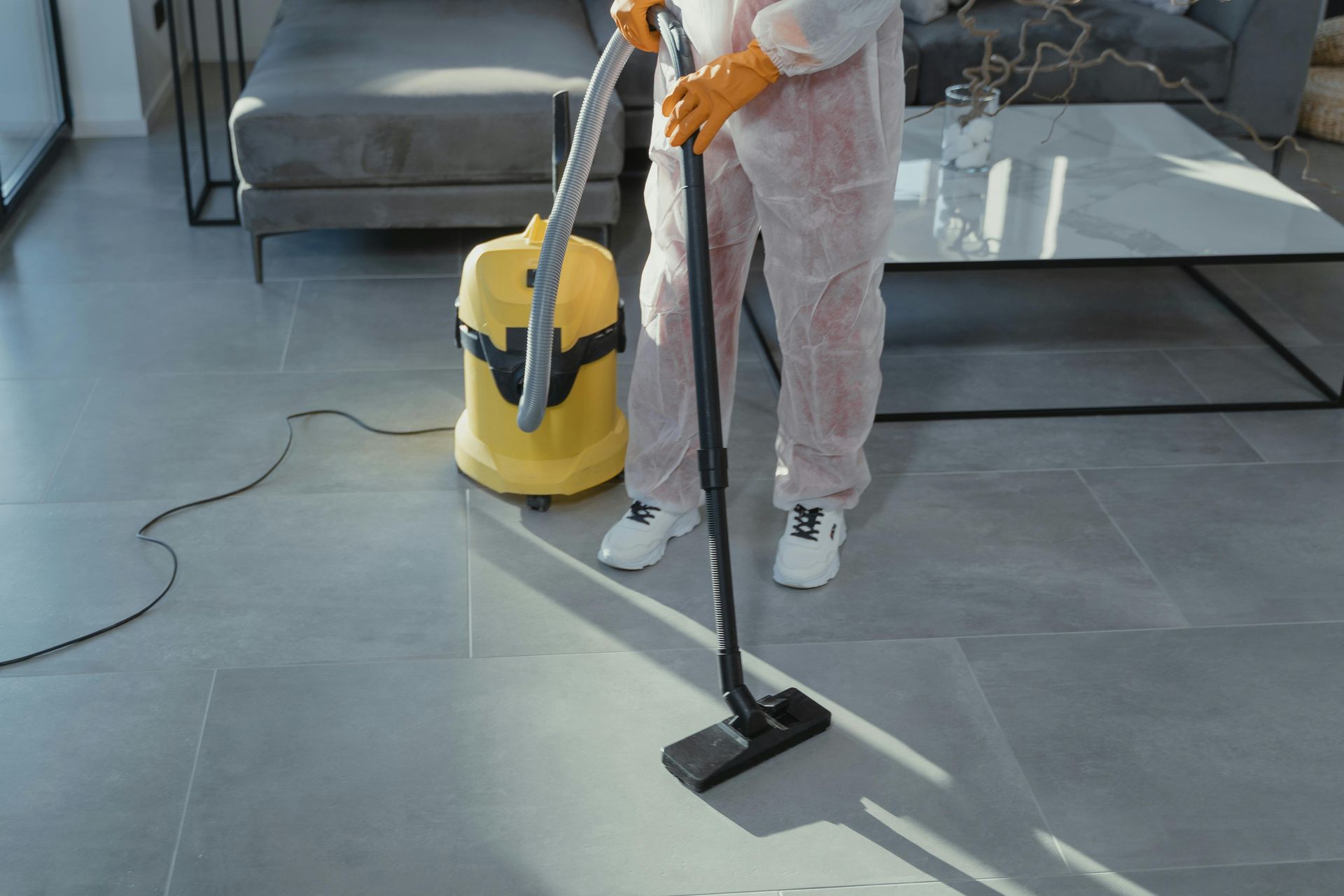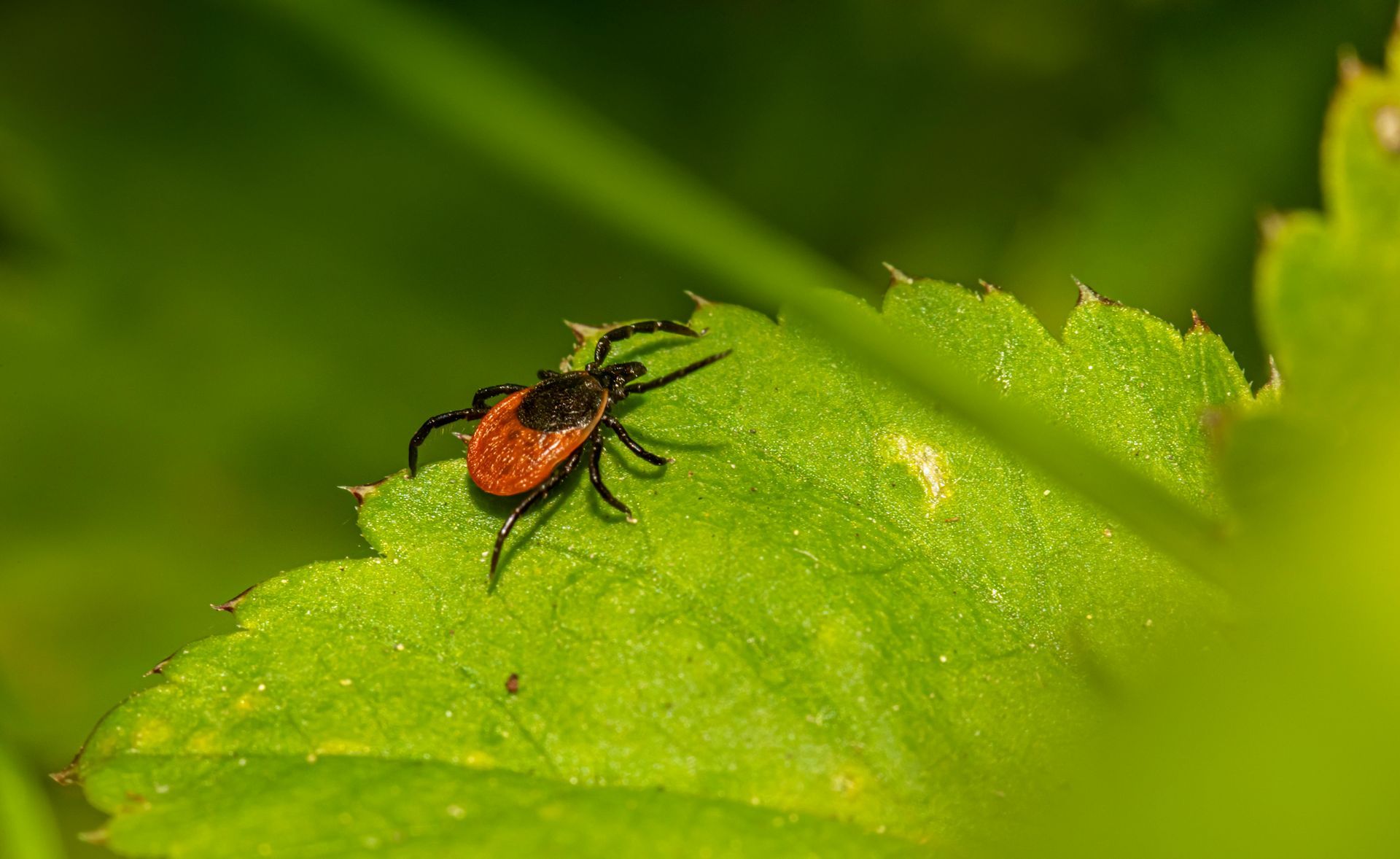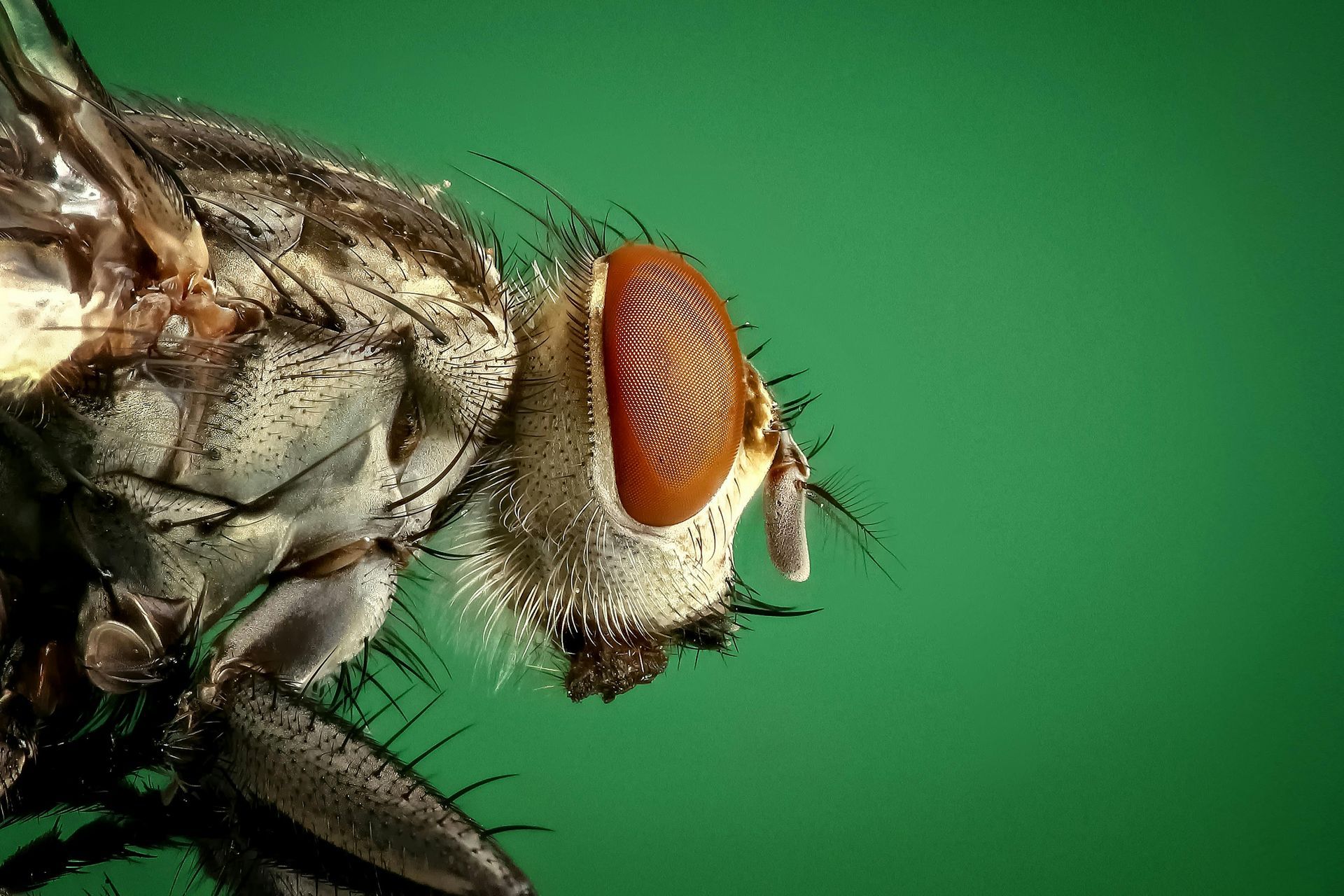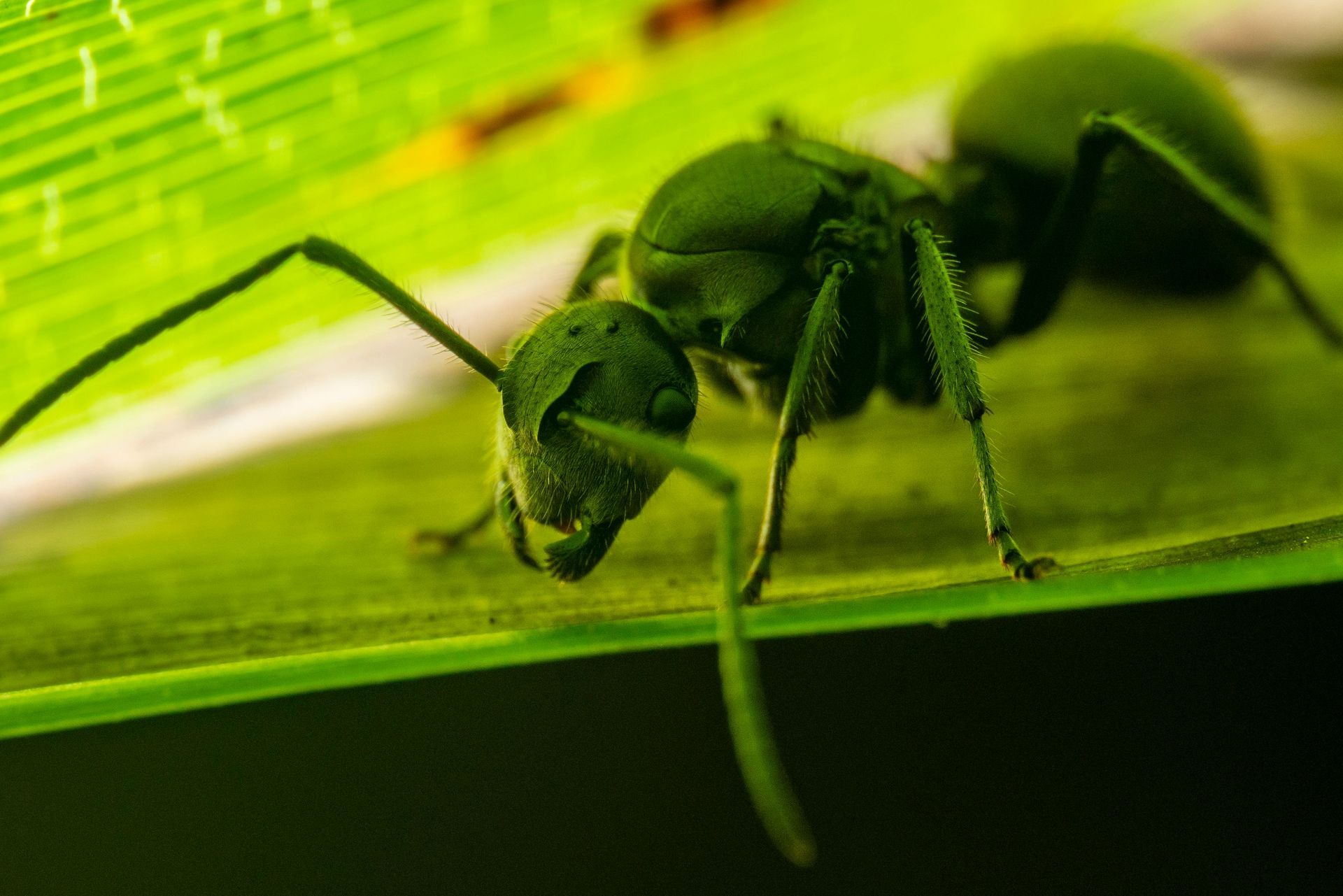How to Grow Strawberries in Containers
Strawberries do grow well in pots and containers

Container gardening is perfect for those who lack the space or time to plant a garden. One of the benefits of container gardening is that you can start the growing season a little bit earlier by starting your plants inside.
Fortunately, strawberries are some of the easiest fruits to grow in containers. Remembering these tips will help you increase your odds of a successful and plentiful harvest.
1. Choose the Right Variety of Strawberry
First, you should decide what type of strawberries you want to grow. As starting strawberries from seed is a long and difficult process, it is recommended to buy transplants or crowns from your local nursery.
Crowns (dormant stems with root balls that are harvested from the runners of mature plants) should be planted early in the spring after the last hard freeze. Transplants can be started anytime from early to late spring. June-bearing strawberry varieties fruit once in mid-June, while ever-bearing varieties produce large crops of berries three times throughout the summer.
2. Use Nutrient-Rich Soil
Remember, strawberries in containers can’t access all the nutrients and microbes they’d usually have when growing in the ground. So you should provide it with the best soil you can. Use nutrient-rich soil that is fresh from the bag to protect the plant from becoming diseased or infected.
Strawberries prefer a rich potting mix that will retain moisture, drain quickly, and provide ample micronutrients.
3. Know How to Plant the Strawberries
Do not place the entire base/root of the strawberry seedlings under the soil. The crowns should be above the soil surface. Make a small mound in the potting mix, and spread out the roots over the mound. Then, cover the roots up to the crown with the potting mix, and water the soil well.
Strawberries need plenty of space to grow, so space your seedlings at least 6 – 8 inches apart. Depending on the size of your containers, this could mean only one to two plants per container.
4. Choose Your Location
Set the pot in a place that receives at least 8 to 12 hours of sun each day to ensure plenty of flowers and fruits. But remember also that strawberries don’t like to get too warm—which poses a problem for growing them in containers.
If the sunlight is coming from only one direction, rotate the container every three to four days if possible for the plants to grow evenly.
5. Water More Often With Less Water
When growing strawberries in containers you should avoid both dryness and sogginess. Water your strawberries whenever the soil feels dry about 1 inch below the surface, or about twice per week.
The soil should remain slightly damp, never dry to provide the best environment for fruits to form. Also, make sure that your chosen container will drain adequately. If the soil stays soggy, even beneath the surface, deadly microbes can set up shop and deal death to your once-happy plants.
6. Protect the Strawberries From Pests
Make sure the plants are protected. Just because the strawberries are in pots doesn't mean pests can't reach them. While birds are a common annoyance for anyone growing berries, there are also several insect and gastropod pests that can be a problem.
Use fully organic and non-toxic Critter-Repellent to keep your tasty strawberries safe and enjoy the fruits of your labor yourself.
Critter Repellent All Natural Animal Repellent Blog
